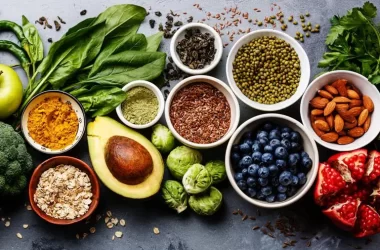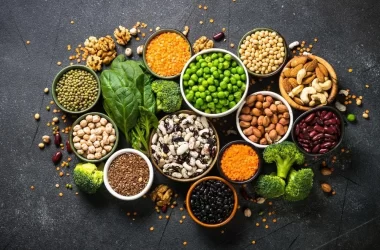Food is essential to all living organisms as a source of essential nutrients and energy. Plants, algae and bacteria make their own food through photosynthesis while animals obtain essential nutrients from other living creatures or organic matter.
Animal foods like meat, poultry and fish provide protein as well as essential vitamins and minerals. Furthermore, these proteins aid in the construction and maintenance of tissue.
Poultry
Poultry refers to a group of domesticated birds raised for meat, eggs and feathers. Common types include chickens, turkeys, ducks, geese, guinea fowl and quail.
Eggs and poultry meat are packed with protein, as well as vitamins and minerals. They provide a vital source of nutrition for many people around the world, particularly in developing nations.
Chickens, the world’s most beloved domesticated bird, have long been selectively bred for desirable traits like prolific egg production. More recently, poultry breeders have even begun selectively breeding chickens to increase their meat yield.
Fish
Fish are an essential source of dietary protein. They’re a versatile food, capable of being eaten raw, cured or cooked.
The term “fish” is applied to a group of aquatic animals and invertebrates that includes various types of water animals and invertebrates. Fish have a cranium, functional gills that last throughout their lives, and appendages in the form of fins (if present).
Fish are highly adaptive creatures, capable of adapting to their environment even under stressful conditions. This makes them invaluable lab partners as they offer challenges that can be used to study behavior, locomotion and reproduction.
Vegetables
Vegetables are the edible parts of plants that can be consumed by humans. This includes leaves, stalks, roots, bulbs, flowers and fruits.
Vegetables are low in fat and calories, high in dietary fiber, essential vitamins, minerals and trace elements. Eating five or more servings of vegetables per day is often recommended for a healthy diet – often five or more servings.
Vegetables can be prepared in a variety of ways, such as steamed, boiled, grill or roast. Cooking helps enhance their absorbability of certain nutrients – for instance, beta carotene in carrots and lycopene in tomatoes are more easily absorbed by the body after being heated.
Fruits
Fruits are an excellent source of vitamins and minerals. Additionally, they contain fiber which helps you feel full for longer and prevents your blood sugar levels from suddenly rising and then falling abruptly.
Fruits come in many forms: fresh, dried or dehydrated – and they’re delicious in smoothies, pies and other dishes. Don’t hesitate to experiment with your fruits!
Dry fruits, which have a hard or papery shell, are frequently used in jams, jellies and other preserves. After being cooked to soften them slightly, they’re packaged in sweet syrup for convenience.
Dairy
Dairy products such as milk, cheese, yogurt, ice cream and butter are considered nutrient-rich foods with numerous health advantages.
Dairy is an integral component of a balanced diet, providing essential nutrients your body requires for growth, development and optimal functioning. Not only that but it’s also an excellent source of energy.
Meat
Meat refers to any edible parts of animals (cattle, pigs and sheep). This includes not only muscle tissue but also skin and bones.
Meat is a high-protein food, packed with all essential amino acids as well as other essential nutrients like vitamins and minerals. Meat can be eaten raw but usually cooked before consumption for optimal nutritional value.
Meat is often a staple of many cultures and diets. However, some people choose not to eat meat for reasons such as taste preferences, ethics, environmental concerns, health concerns or religious dietary rules.








